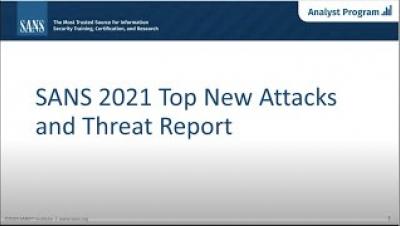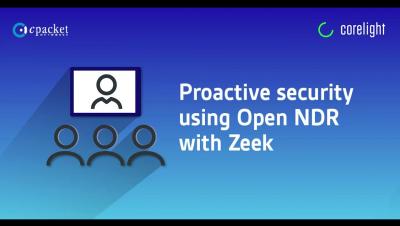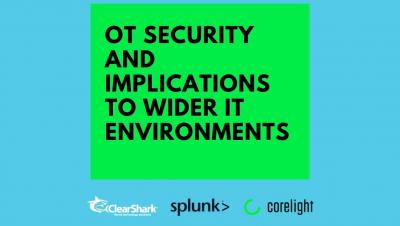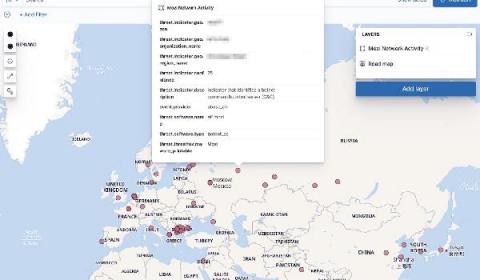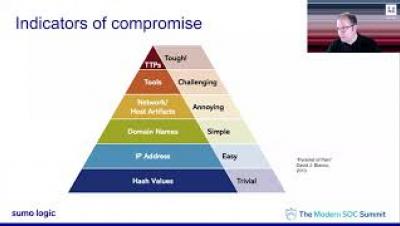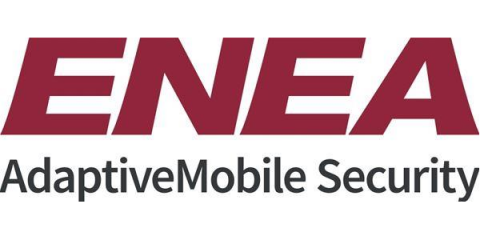Security | Threat Detection | Cyberattacks | DevSecOps | Compliance
July 2021
A SANS 2021 Report Top New Attacks and Threat Report
Proactive security using Open NDR with Zeek
Encrypted Traffic Collection
OT security and implications to wider IT Environments
Accelerate SecOps with a Single Source of Network Truth
Nuvias Launches Frontier, the Channel Programme for Emerging Vendors and New, Innovative Technology
Collecting and operationalizing threat data from the Mozi botnet
Detecting and preventing malicious activity such as botnet attacks is a critical area of focus for threat intel analysts, security operators, and threat hunters. Taking up the Mozi botnet as a case study, this blog post demonstrates how to use open source tools, analytical processes, and the Elastic Stack to perform analysis and enrichment of collected data irrespective of the campaign.
Falcon X Recon
Cynet Appoints Nuvias as European Distributor
AdaptiveMobile Security announces the first unified 5G network security solution to protect mobile networks
Cybersecurity and government
Photo by Katie Moum on Unsplash In May, after many months of dedicated effort, our compliance team received word that a U.S. Federal Risk and Authorization Management Program (FedRAMP) moderate certification was granted for the AT&T Threat Detection and Response for Government solution. FedRAMP is a program coordinated by the US General Services Administration and the Department of Homeland Defense that inspects cloud-based solutions for compliance with 325 distinct security controls.
CYSIAM partners with CrowdStrike to secure clients' operations
Ingesting threat data with the Threat Intel Filebeat module
The ability for security teams to integrate threat data into their operations substantially helps their organization identify potentially malicious endpoint and network events using indicators identified by other threat research teams. In this blog, we’ll cover how to ingest threat data with the Threat Intel Filebeat module. In future blog posts, we'll cover enriching threat data with the Threat ECS fieldset and operationalizing threat data with Elastic Security.



